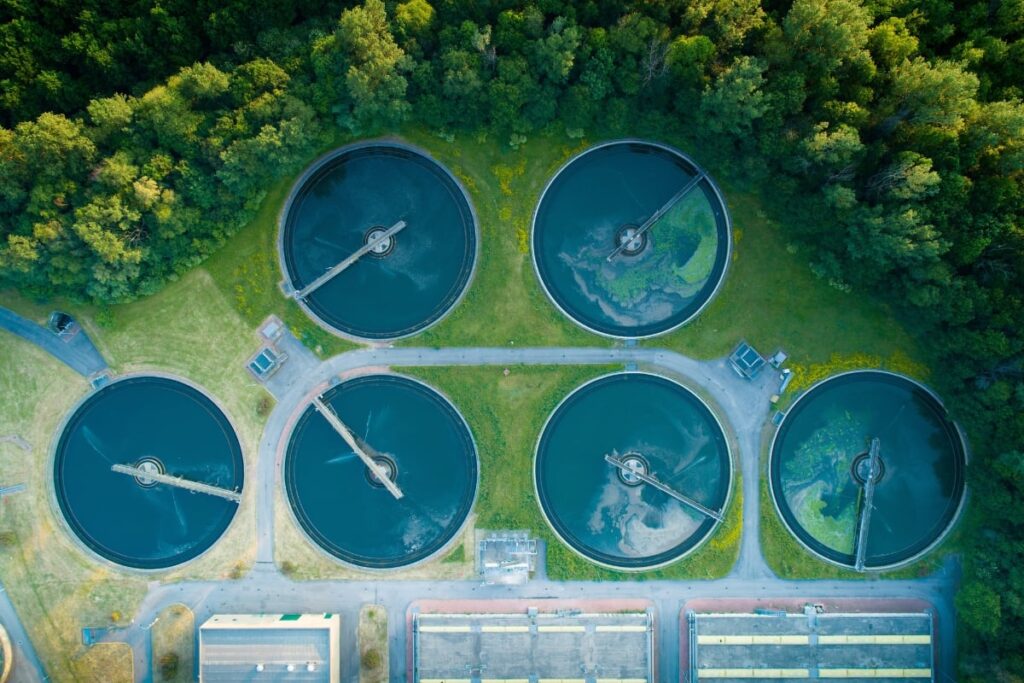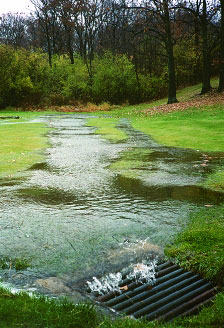
In India, a significant portion of the population resides in remote and off-grid communities where centralized water infrastructure is either sparse or non-existent. For these communities, effective water storage strategies are essential for ensuring a reliable supply of clean water. This article explores various water storage solutions tailored to the needs of remote and off-grid areas, focusing on practical and sustainable approaches that can improve water access and quality.
Challenges Faced by Remote and Off-Grid Communities
Lack of Centralized Infrastructure: Many remote communities lack access to centralized water supply systems, making it necessary to rely on alternative methods for water collection, storage, and management. This often results in water scarcity and inconsistent access.
Geographical and Climatic Variability: India’s diverse geography and climate create varying water availability challenges. Communities in arid regions face severe water shortages, while those in monsoon-heavy areas must manage excess water to avoid flooding and contamination.
Limited Resources and Technology: Off-grid communities often have limited access to advanced technologies and resources. Water storage solutions must be both cost-effective and easy to implement with locally available materials.
Water Quality Concerns: Ensuring water safety is crucial, as remote communities may lack access to sophisticated water treatment facilities. Contaminated water can pose serious health risks, making effective storage and treatment essential.
Effective Water Storage Strategies
1. Rainwater Harvesting Systems: Rainwater harvesting is a highly effective method for capturing and storing rainwater in areas with seasonal rainfall. Simple systems can be installed on rooftops to collect rainwater, which is then directed into storage tanks or cisterns. This method is particularly beneficial for communities in regions with substantial monsoon rains. To ensure water quality, harvested rainwater should be filtered and treated before use.
Rooftop Rainwater Harvesting: This involves installing gutters and downspouts to channel rainwater from roofs into storage tanks. The tanks can be made from various materials, including plastic, metal, or concrete.
Surface Runoff Harvesting: Collecting runoff from paved or gravel surfaces into storage reservoirs or ponds can also be effective in areas with limited roof space.

2. Underground Water Storage: Underground storage options, such as wells and cisterns, can be particularly useful in areas with high evaporation rates. These systems involve digging or constructing storage tanks below the ground, which helps in maintaining a cooler temperature and reducing evaporation losses. The water stored underground should be regularly tested and treated to prevent contamination.
Bore Wells: Drilling bore wells to access groundwater is a common practice. However, it requires investment and maintenance to ensure water quality and sustainability.
Underground Cisterns: These are large storage tanks buried in the ground, which can be filled with collected rainwater or other water sources.
3. Community-Based Water Storage Solutions: Implementing communal storage systems can improve water access and management for entire communities. Shared storage facilities can be built to serve multiple households, reducing the need for individual storage solutions and facilitating better management of water resources.
Community Tanks: Large, centrally located tanks can be constructed to store water collected from various sources, such as rainwater or local wells.
Village Ponds: In some rural areas, traditional village ponds are used to store water for agricultural and domestic purposes. These can be enhanced with simple filtration systems to improve water quality.
Conclusion
For remote and off-grid communities in India, effective water storage strategies are crucial for ensuring reliable access to clean water. By implementing solutions such as rainwater harvesting, underground storage, community-based systems, solar-powered technologies, and low-cost filtration methods, these communities can improve their water security and overall health outcomes. Tailoring water storage solutions to the specific needs and conditions of each community will help in overcoming the challenges posed by limited infrastructure and resources, fostering resilience and sustainability in water management.


